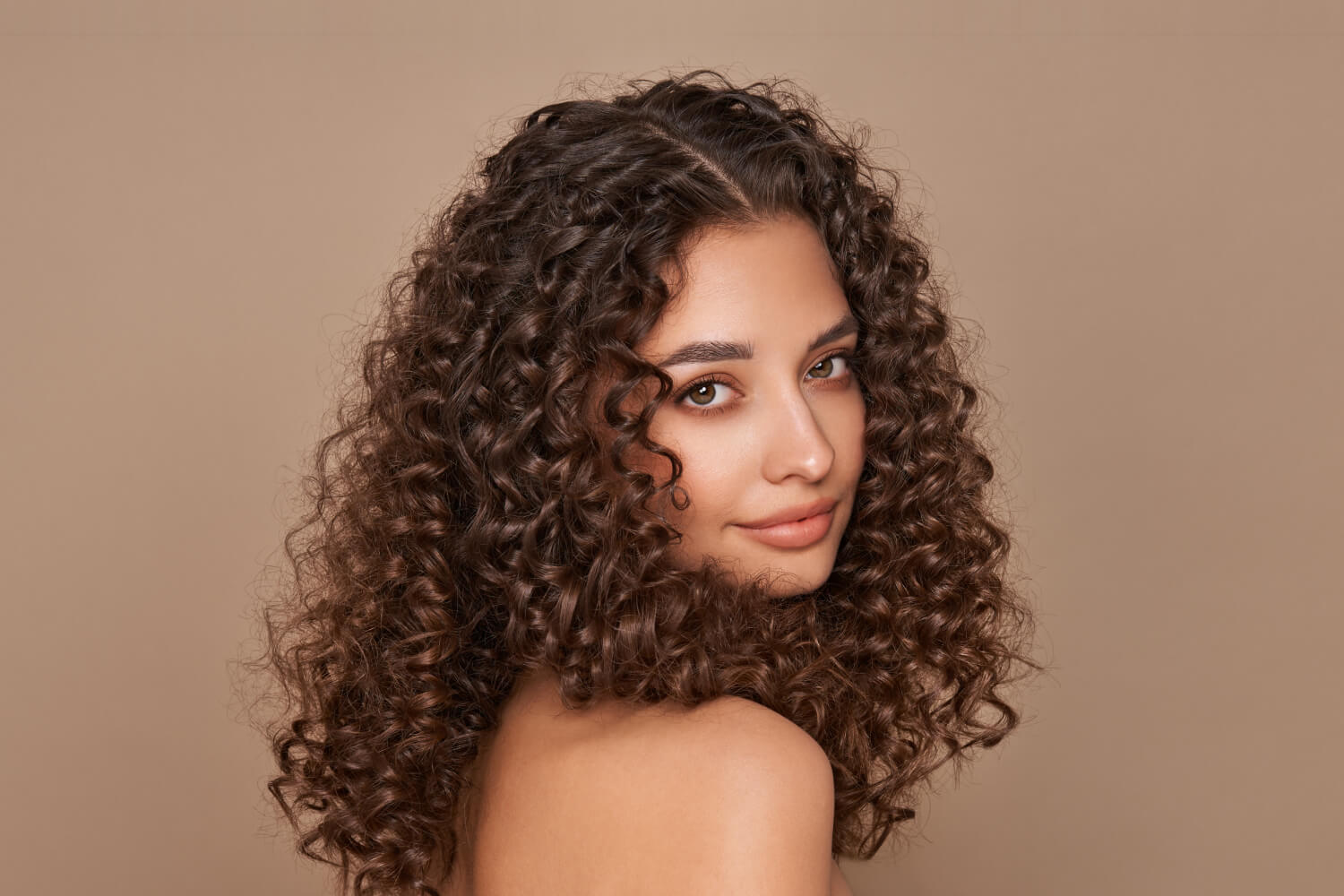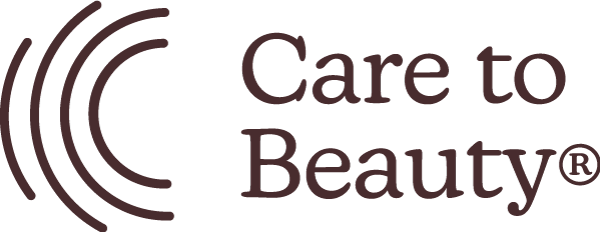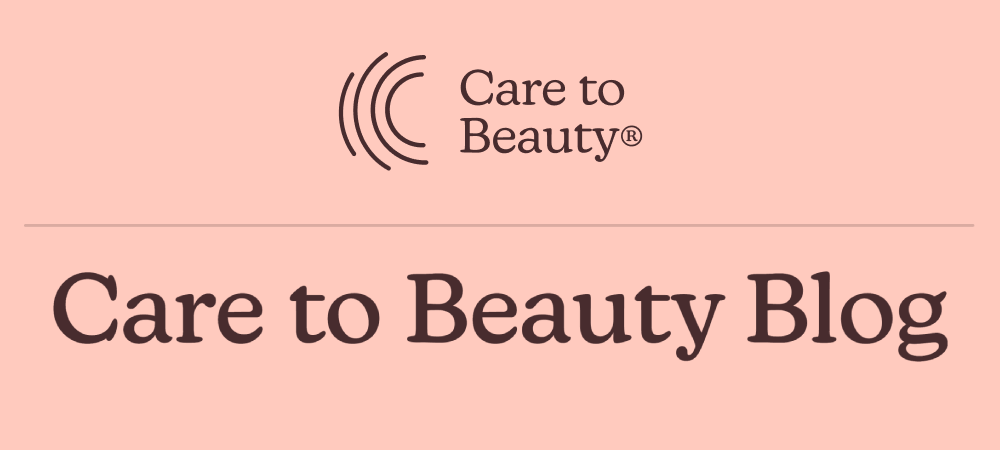
If you’re a regular on hair care forums, you’ve heard of co-washing: the hair care practice that consists of washing your hair with conditioner instead of shampoo. Popular among those with wavy, curly, or coiled hair, co-washing can be a gentle hair washing alternative for anyone who finds regular shampoos a bit too stripping. Today, we’re going on a bit of a journey into the world of co-washing, or “conditioner washing”, and telling you everything you need to know about this hair washing technique. Come along!
On this post:
- What’s co-washing? What’s a co-wash?
- Pros and cons of co-washing your hair
- Can you use a regular conditioner as a co-wash?
- Does co-wash count as washing?
- How to co-wash your hair
- What co-wash isn’t
What’s co-washing? What’s a co-wash?
Co-washing is the practice of washing your hair with conditioner. It’s all in the name: co-washing is short for “conditioner washing”.
But why would anyone wash their hair with conditioner, you ask, when shampoo is right there? Well, some shampoos are just a little too effective at cleansing. We’ve all used them: those shampoos that lather and lather and lather and leave our hair feeling squeaky clean to the touch. It’s all good until the hair dries, and then we’re left with rough, unmanageable locks that feels somewhat straw-like. This is bad enough on straight hair, but on wavy and curly hair? It can be a nightmare.
Co-washing helps you avoid this scenario by keeping the oils on your hair and scalp relatively intact while, at the same time, providing extra moisturizing benefits (after all, isn’t that the original point of a conditioner?)
You can co-wash using a regular conditioner (really, any conditioner will do) or a specific “cleansing conditioner”. Cleansing conditioners are also sometimes referred to as “cleansing creams” or, conveniently, “co-washes”!
Pros and cons of co-washing your hair
There are pros and cons to everything, and co-washing is no different.
The benefits of co-washing are pretty clear: conditioners don’t contain as many surfactants as shampoos (if they contain any surfactants at all), so using them to wash your hair is much less harsh on your locks. As we already mentioned, this is an advantage that will appeal mostly to people with dry hair, as well as anyone who has wavy, curly, or coiled hair. By providing a less aggressive wash, co-washing can also be a good solution for those who have to wash their hair every day.
However, co-washing can also have some undesirable side effects. One of the most common is a direct consequence of how the product works: if a conditioner doesn’t clean as thoroughly as a shampoo, then it isn’t able to remove all the dirt and impurities that accumulate on the hair and scalp between washes. As a result, you can find yourself experiencing build-up on your scalp, including product build-up. To solve this, consider cleansing your hair with a clarifying shampoo every once in a while.
Because of this tendency towards product build-up, co-washing may also be contraindicated for anyone suffering from scalp conditions such as dandruff, psoriasis, or seborrheic dermatitis. As you know, these conditions often manifest with scalp flaking, itchiness, and irritation, among other symptoms, so it’s important to keep then in check by keeping your scalp clean and balanced using specialized products.
Can you use a regular conditioner as a co-wash?
Co-washing is a hair care practice invented by people who felt like regular shampoos were too harsh for their hair–so they turned to conditioner instead. The original practice of co-washing was, in some ways, about finding a quick and easy alternative to shampoo that most people already had at home. As the practice became more popular, many brands released “cleansing conditioners” optimized for the hair care routines of those who wanted to ditch shampoo.
If you’re on the fence between a regular conditioner and a cleansing conditioner, this tiny history lesson should answer your question: you can use either one!
Does co-wash count as washing?
Washing your hair with conditioner, or “co-washing” is, is still technically washing your hair. Some people may find, however, that co-washing doesn’t pack quite the same punch as washing their hair with shampoo. The hair may not feel as light, the scalp may not feel as clean, and so on. If this sounds like you, consider adopting one of the following routines:
- Alternate between co-washing and washing with a mild, low-surfactant shampoo;
- Co-wash your hair most of the time and then “refresh” it every now and then using a clarifying shampoo.
How to co-wash your hair
Washing your hair with conditioner isn’t all that different from washing your hair with shampoo. The basic steps are the same, but let’s run through them just in case:
- Wet your hair. You want to make sure your locks are really, really soaked;
- Apply a small amount of conditioner to your scalp and massage it in gently. Use the pads of your fingers, not your fingernails, to really get in there. This step will dislodge any dirt or impurities and make it easier to rinse them out later;
- Distribute the conditioner all the way down to the ends. You can leave it on for a couple of minutes, in order to make sure your hair is properly conditioned;
- Rinse out.
Do you use co-wash before or after shampoo?
Co-washing, short for “conditioner washing”, is a hair care practice that replaces shampoo with conditioner. That means, in other words, that a co-washing routine doesn’t actually include shampoo and conditioner in the same hair washing session.
If you’re new to co-washing, here’s what you can do to make things easier on your new routine: remove with shampoo from the shower, and use your conditioner instead of your shampoo. It’s that simple!
Do you wash out co-wash?
Co-washing is, in my ways, just like shampooing. You wet your hair, you apply product, you massage it in, and then you rinse it out.
Rinsing our your cleansing conditioner is massively important. Think about it: when you massage your conditioner into your scalp, you’re dislodging accumulates dirt and impurities, and those have to go somewhere. By washing out your cleansing conditioner after using it, you’re sending all the dirt down the drain. That’s how you get clean hair without shampoo!
How often should you co-wash?
If you’re new to co-washing, try co-washing your hair about as often as you’d wash it with shampoo. Do you wash your hair every day? Then try to co-wash it every day instead, and see how your hair behaves. Do you wash your hair twice a week? Then try that same frequency when co-washing.
It’s likely that your hair will feel a little different when you first transition from shampooing into co-washing but, after all, that’s part of the goal.
What co-wash isn’t
We’ve talked about co-washing as a hair washing technique and co-wash as a type of product. Now, it’s time to disambiguate things and talk about what co-wash isn’t. How does a co-wash, or cleansing conditioner, differ from other hair care products that we all know?
Co-wash vs Shampoo
Although you can use either a shampoo or a co-wash (or cleansing conditioner) to wash your hair, these two products couldn’t be any more different.
Regular shampoos are formulated with cleansing agents (surfactants, you’ve heard of them) that help remove dirt, impurities, and product buildup from the hair and scalp. That’s their job: shampoos are all about cleansing, and they are not designed to provide the hair with any moisturizing or nourishing benefits.
A co-wash, or cleansing conditioner, is a completely different product. Although it may contain mild cleansing agents, a co-wash is also designed to provide moisture and nutrition to the hair.
Co-wash vs Conditioner
We’ve mentioned that “co-washing” is a hair care practice (“conditioner washing”) and that “co-wash” is a type of hair care product (a “conditioner wash”, or cleansing conditioner).
Now, if you’re curious about the difference between a regular conditioner and a “co-wash”, that will depend on the specific products and brands you’re trying to compare. As a general rule, regular conditioners are not meant for washing your hair; co-washes, on the other hand, are. Based on this, any differences you find between these two types of products will likely come down to whether or not they contain cleansing agents (also known as surfactants), and in what amounts.
In the end, you can still use a regular conditioner as a co-wash; just keep an eye out for product build-up, and correct it using a clarifying shampoo, if necessary.
Co-wash vs 2-in-1 Shampoo & Conditioner
Do you know those 2-in-1 shampoo-conditioners that are so often sold to men, under the promise that they’ll be able to combine the benefits of shampoo and conditioner in a single product? How are those different from cleansing conditioners, or co-washes, which also promise to combine the benefits of shampoo and conditioner in one single product?
Once again, it’s hard to draw an exact comparison, as these two types of products are designed with different needs in mind. While a 2-in-1 aims to serve people who want the deep cleansing effect of a shampoo combined with the moisturizing properties of a conditioner, a co-wash aims to serve people who want to avoid the deep cleansing and pile on the moisture.
In short, we could say that the key difference between a 2-in-1 and a co-wash lies in their primary purpose: a 2-in-1 product is primarily a shampoo with some conditioning properties, while a co-wash is primarily a conditioner with some (mild, always mild) cleansing properties.
After this deep dive into the world of co-washing, we hope you now have enough information to decide if this hair washing technique is right for you. If you choose to adopt co-washing, don’t forget that you may need to balance it out using other types of shampoos, such as mild shampoos for regular use, or clarifying shampoos for more occasional “hair resets”. Good luck on your hair care journey!
Beauty Writer & Editor


